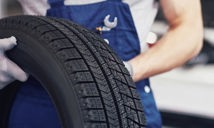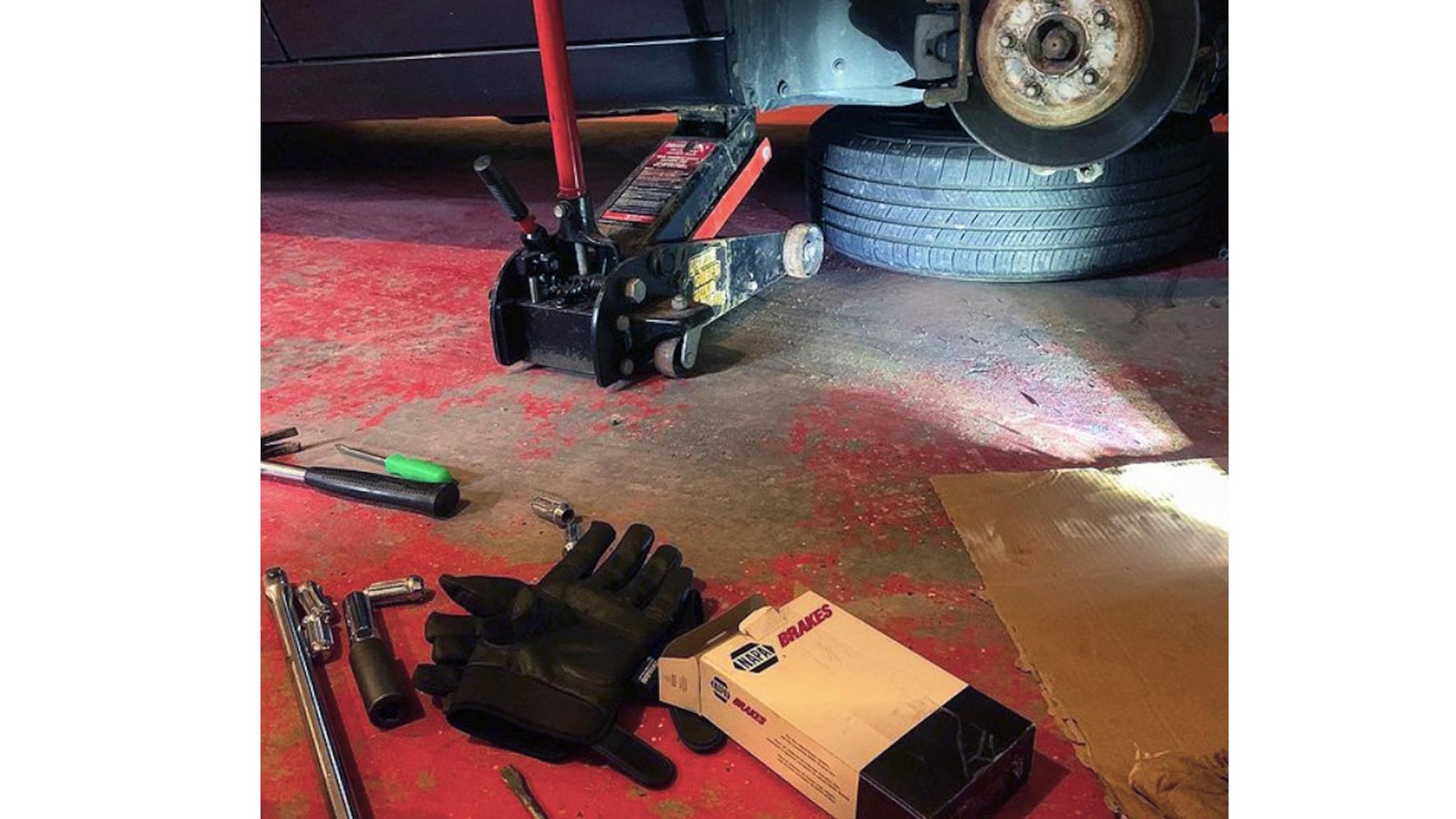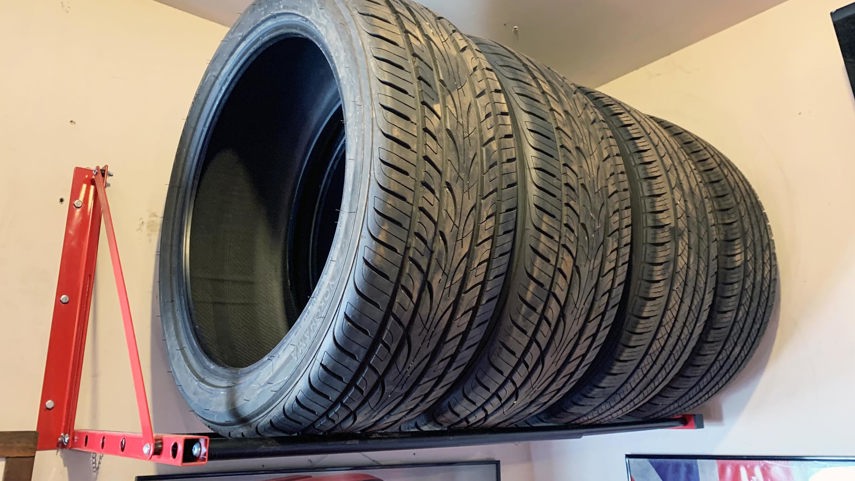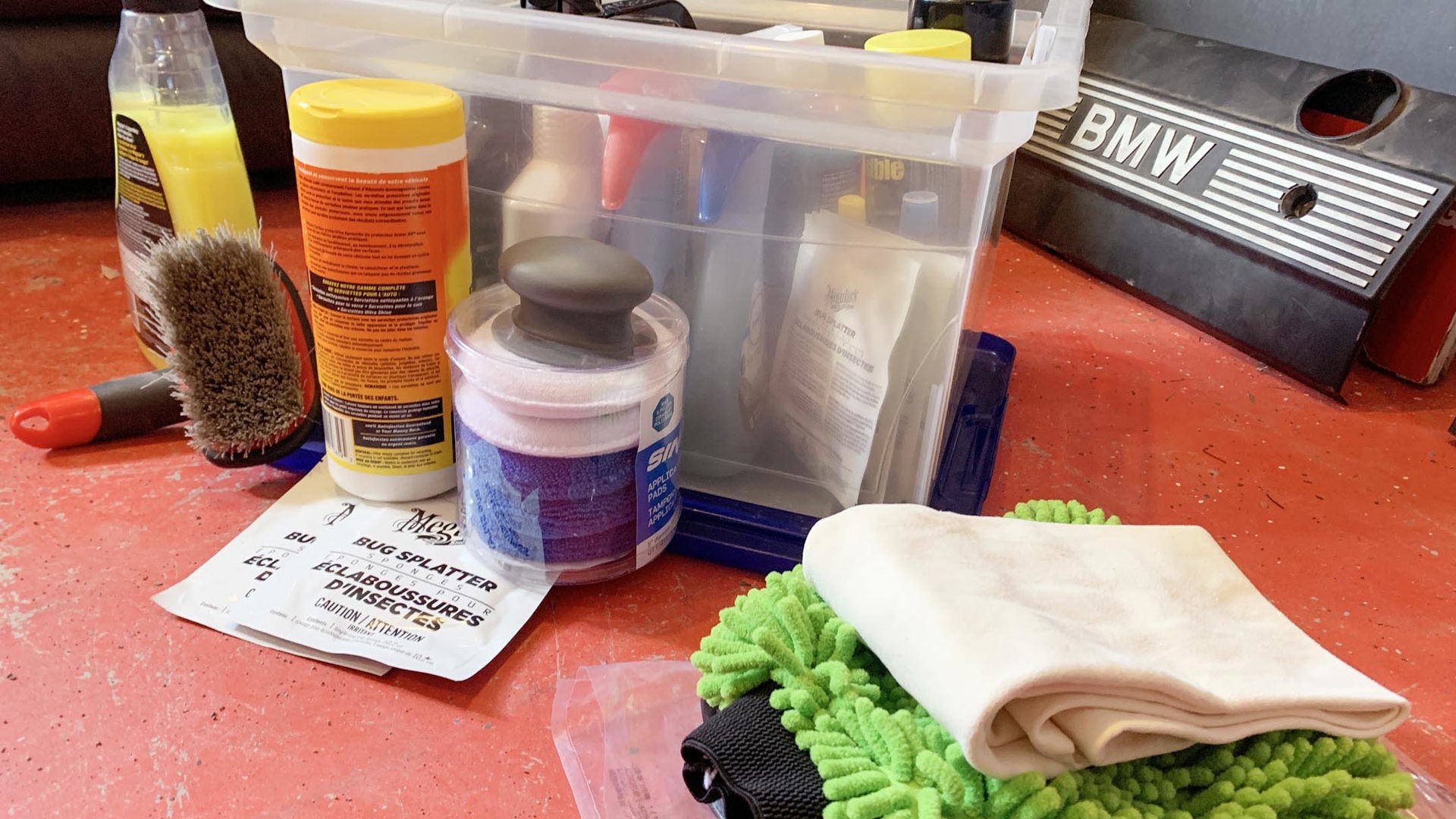Believe it or not, winter is officially over. Once the calendar flipped into March 20, the birds started chirping and all the snow instantly melted off your back deck.
OK – maybe it didn’t happen quite like that. But warmer weather is on the way. We promise.
But speaking of the deck, it’s probably looking ratty and will require some attention soon. Something else that needs attention this time of year? Your car. Winter isn’t just hard on the minds of humans, it’s borderline disastrous on the health of your vehicle. That’s why taking the time to carry out a seasonal tire changeover while knocking off a bit of the rust (literally and figuratively) can go a long way to keeping your car in top shape for many years. These actions will probably help it hang onto some more value at trade-in time, too.

Timing Is Everything
With the spring season officially underway, now’s the time to make a service appointment with your trusted mechanic. No, we’re not recommending getting one’s winter tires taken off too early but we do suggest scheduling the appointment long before everyone else gets the same idea, or you might not be able to swap your tires until the summer – beating the rush is always a good idea.
We recommend holding off on the tire swap until temperatures are consistently above 7°C. Ask to have your winter tires removed and all-season/summer rubber remounted during the appointment, along with a visual inspection of key components like the brakes and suspension. Winter road conditions – salt, crumbling pavement, cold temperatures – can all conspire to accelerate wear on these mechanisms. If your car is due for an oil change, either by distance or mileage, get that service completed as well.
If one doesn’t have a service station they regularly visit, spend a few minutes researching your available options and reading the online reviews. In this digital age, the opinions of peers can be a very valuable resource and give insight to a shop’s inner workings before you ever set foot inside the place. When calling a garage, be sure to ask pertinent questions about the work you intend to have completed; how long it’ll take and an estimated cost are simple but important things to know. If a shop expresses frustration or annoyance at answering these basic inquiries, move on to the next one.

Can I Use My Winter Tires All Year Round?
It is not a great idea to run your winter tires all year round. Why? Two reasons, one molecular and one mechanical. Rubber that’s designed for use in the winter is created with a special brew of chemical compounds that allow a tire to have a comparatively soft composition. This is needed because when normal tires get cold, they can’t grip as well. Having a softer composition is a great attribute in the winter when one wants their tires to remain pliable and grippy during frigid weather. In warmer times, this same characteristic will result in accelerated wear and potentially greasier handling.
Tires also have mechanical features designed right into their tread surfaces. Winter tires have lots of sipes, which are those shallow grooves cut into each traction block. On snow and ice, they open up to provide more grip; on dry pavement, they’ll simply provide a squirmy feeling. Good all-seasons or – even better – dedicated summer tires are built to deliver high levels of grip when conditions are above 7°C.
Still unconvinced? We spoke with the crew at Michelin for some further insight. “A car’s [safety] systems only work as well as the tires,” explained Tom Carter, a Technical Communications pro at Michelin who has worked in the tire industry for more than 30 years. “Automatic braking, dynamic stability control; that helpful technology is being wasted without good tires.” It makes sense, even the strongest of athletes will have a difficult time running a country mile if they don’t have the right footwear. Bottom line from the pros? “Tires make a difference.”
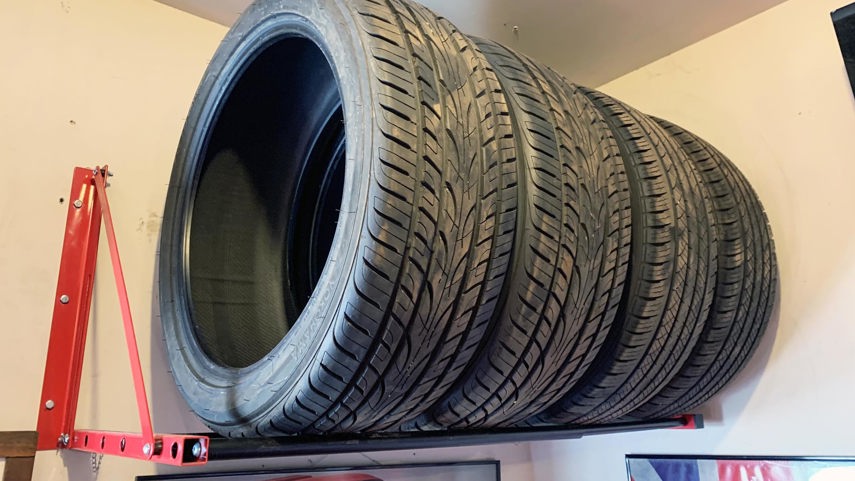
How Do I Store Winter Tires?
So you’ve heeded our advice – thank you! – and had your car’s winter tires removed by a pro. Now what? Well, they need to be stored somewhere, and that somewhere does not include the muddy ditch in your backyard. While winter tires might indeed consume a valuable corner of your garage, shed, or basement, keeping them protected and correctly stored in the off-season is a great way to make sure they last as long as possible.
Absent of a specialized wall-mounted tire rack, your author is a fan of stacking tires like pancakes on his breakfast plate. Because this is The Internet, armchair experts will surely disagree. However, this method of storage helps to curb the development of flat spots and, short of heavy items being placed on top of them for months on end, will permit the tires to effectively retain their shape. If your winter tires are still on a set of wheels, vertical stands with stout spacers that prevent the tires from touching each other are the gold standard. And, if all else fails, some service facilities offer tire storage for a small fee.
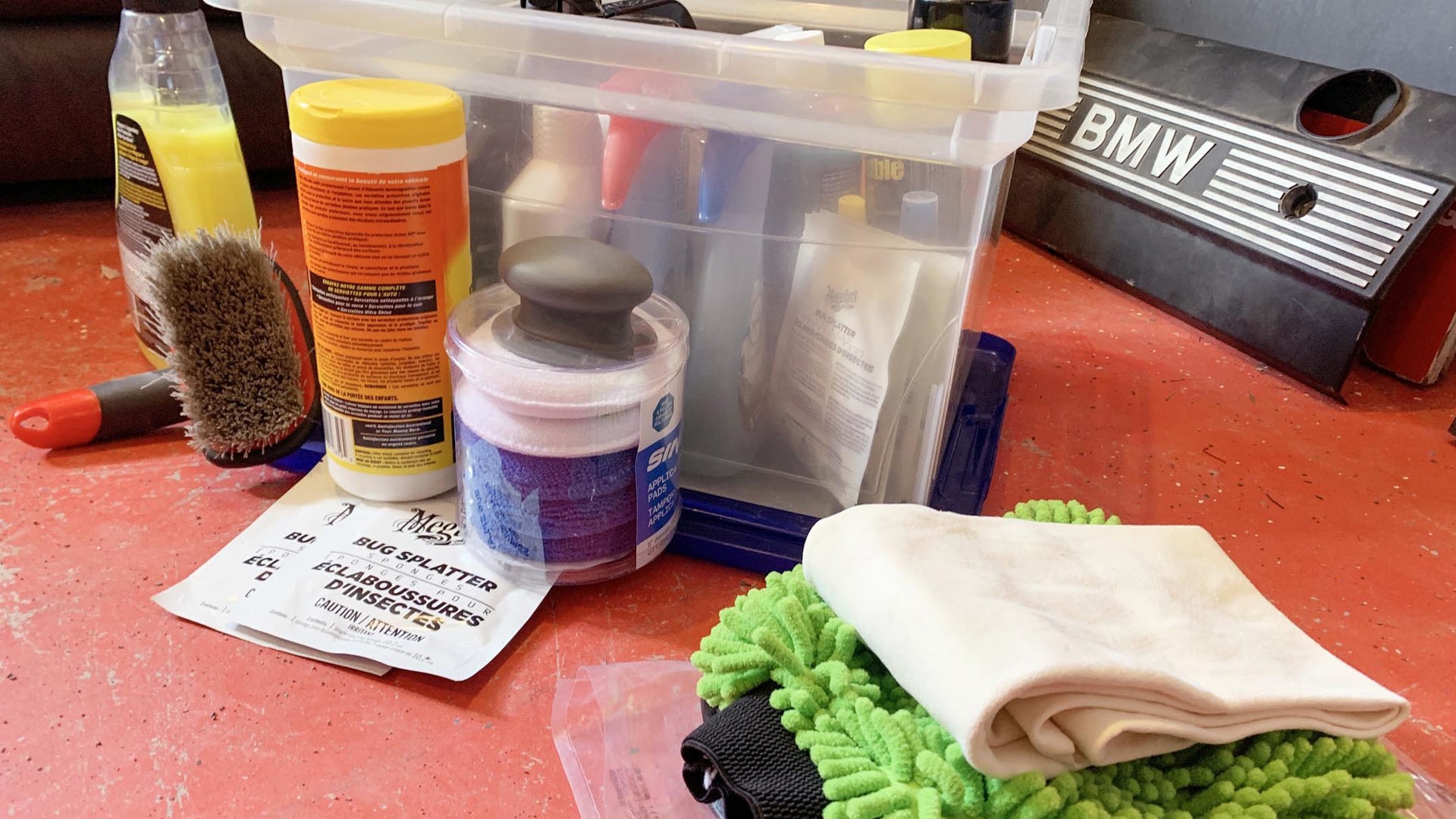
Spring Cleaning
With your car mechanically sound and given a clean bill of health, now’s an opportune time to give a bit of attention to its interior and exterior. While there is not one shred of real-world evidence that says a clean car runs better, it sure feels that way. Even taking a few minutes to collect and discard all the detritus that has washed up in the cabin over those cold winter months can make a difference. Your author owned a vehicle in which the Tim Hortons cups under its driver seat were load-bearing structural units; we bet your car is in much better shape.
Pick up a few easy-to-use cleaning supplies like window cleaner and proper car wash suds. Dishwashing liquid can strip away various protectants on your car’s paint, so leave the Palmolive under the sink. If you’ve neither the time nor the space in which to wash your vehicle, there are plenty of professional detailers who can return your whip to showroom fresh in jig time. This cleaning will exorcise a winter’s worth of salt, debris, and road grime, prolonging your car’s life, warding away rust, and perhaps even retaining a smidgen more resale value.
And don’t worry – the snow will be gone off your back deck soon enough.
